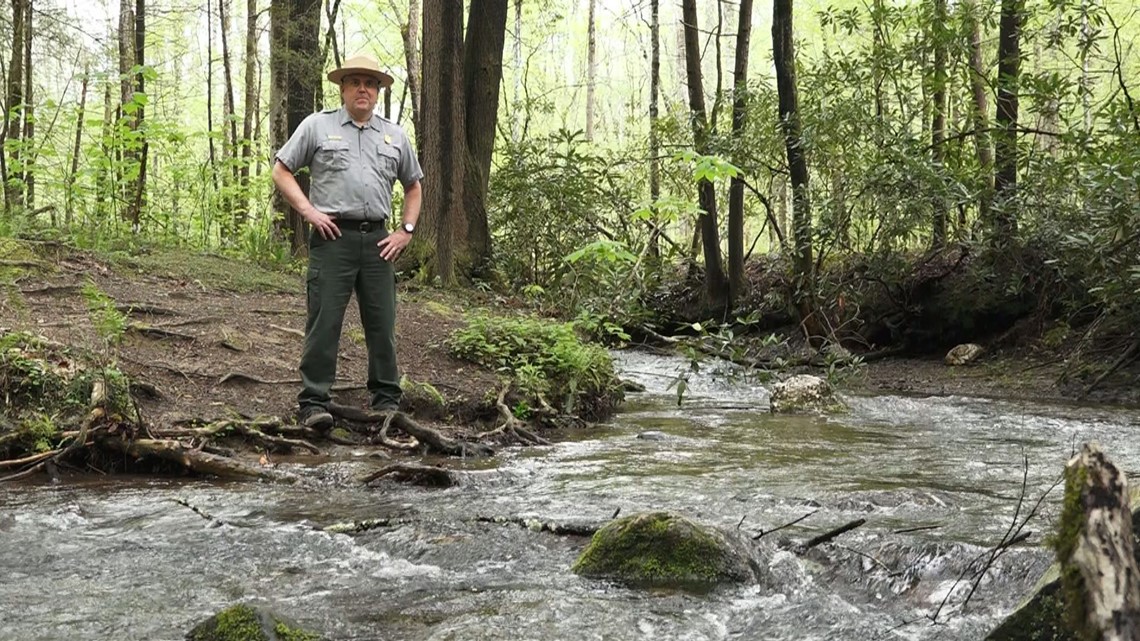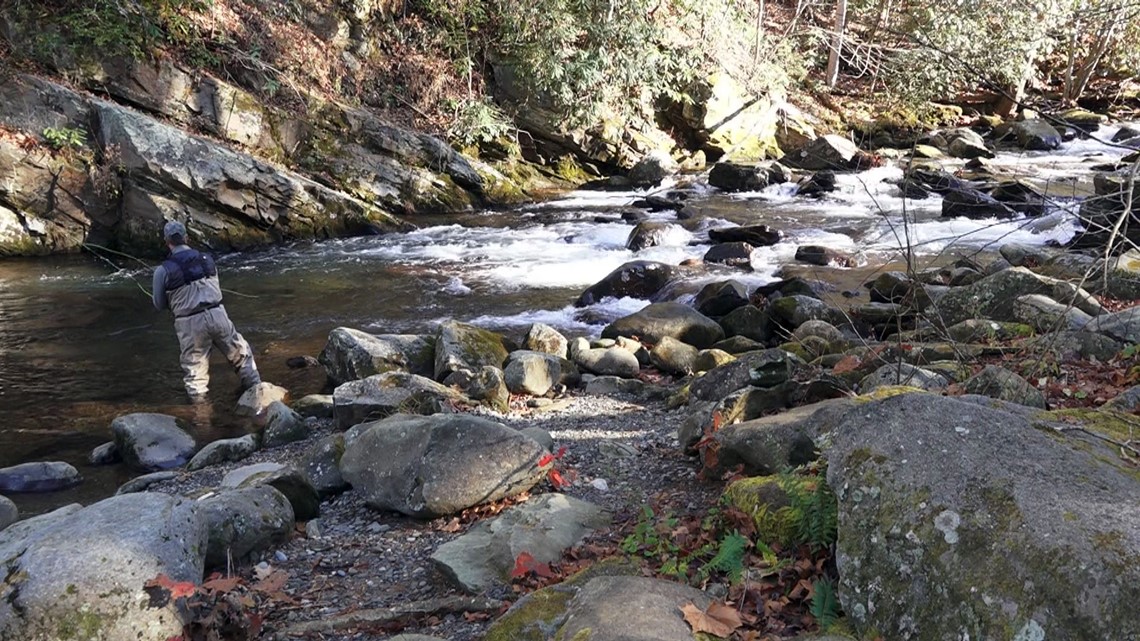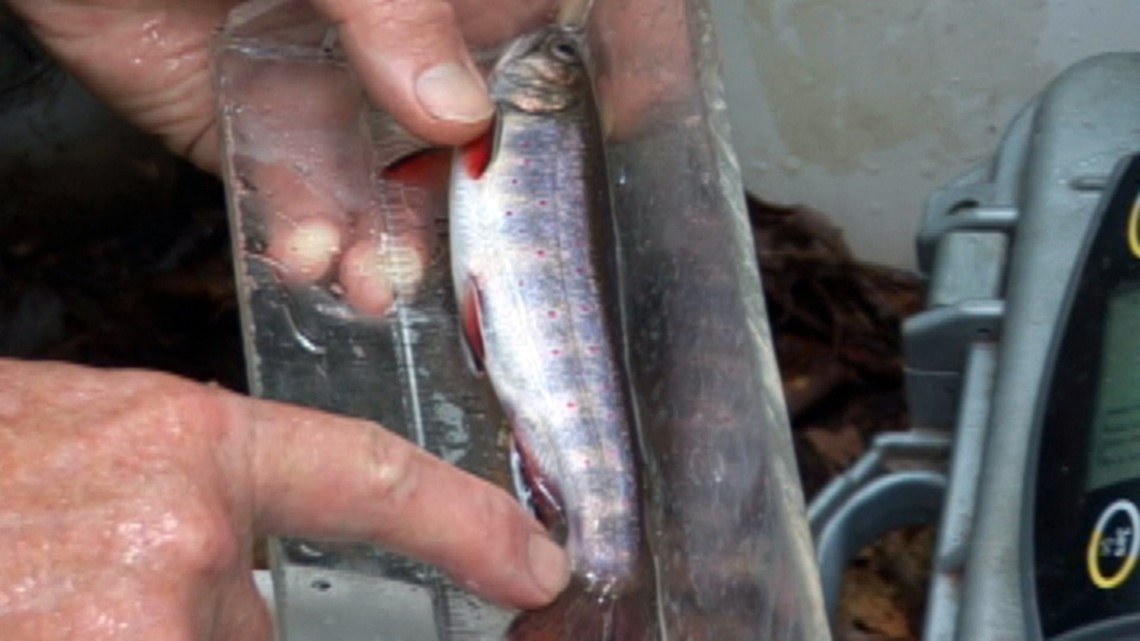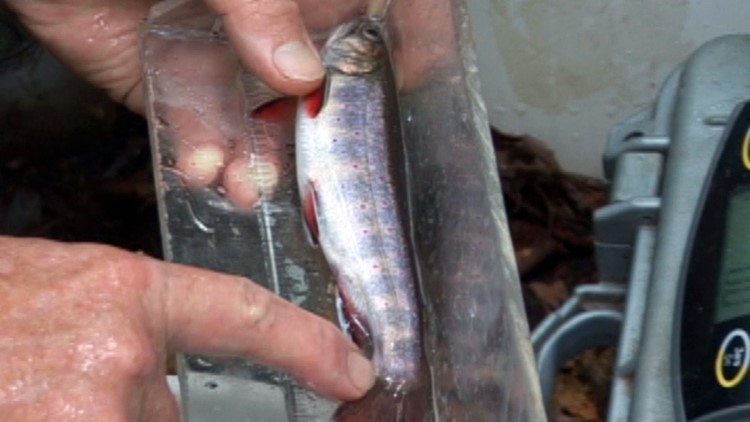Great Smoky Mountains — Years of hard work by biologists and volunteers in the Great Smoky Mountains could lure even more anglers to the national park in 2018.
The park reintroduced and restored native brook trout to places like Lynn Camp Prong in the Smokies a few years ago. This year there are two additional streams to fish for brookies.
"We have a couple of streams we just restored. Anthony Creek, which is the first stream in Cades Cove to have brook trout in it since the 1950s. And a portion of Little Cataloochee Creek. Now we're up to 13
streams in the park that we've restored Southern Appalachian brook trout. That totals just over 30 miles," said Matt Kulp, supervisory fishery biologist in the Great Smoky Mountains National Park.


Brook trout populations were devastated throughout the Great Smoky Mountains by the introduction of non-native rainbow trout. The revitalized species and easier access to fishing locations helps lure customers to nearby outfitters.
"People drive here from other states specifically to fish for brook trout," said Daniel Drake, manager of Little River Outfitters in Townsend. ""You used to really have to hike in the backcountry for brook trout. Now there are several streams that are easily accessed. This is a good time of year."
Park biologists expect a strong season for brook trout and the dozens of other species of fish in the Smokies. The severe drought of 2016 put a dent in many populations.


"The fish populations in these park streams are heavily influenced by floods and droughts. The low water levels, warmer temperatures, and fewer food sources take a toll. But what's cool about them is being native, they come back pretty quickly because they're used to that. Within a year or two they can
bounce back and that's what we've seen," said Kulp. "The Smokies offers people a lot of places to fish in native pristine habitat. People should take advantage of that."
You need a fishing license from Tennessee or North Carolina to fish in the Great Smoky Mountains. You can find all the fishing rules and regulations at the Great Smoky Mountains National Park website.




